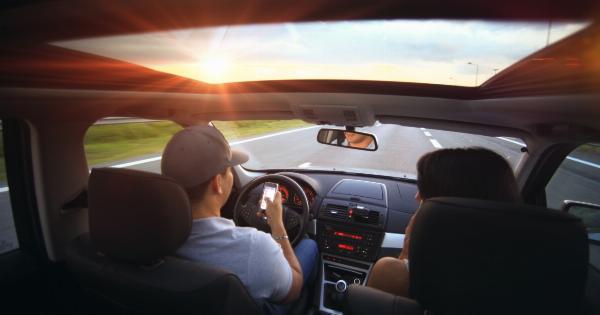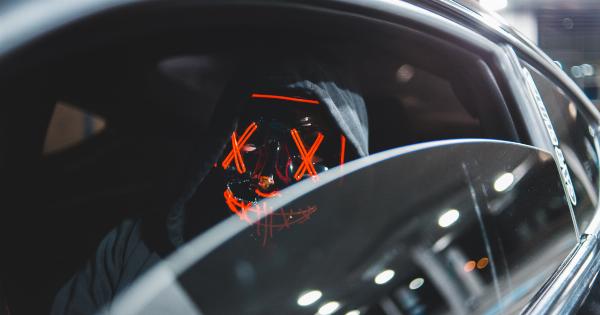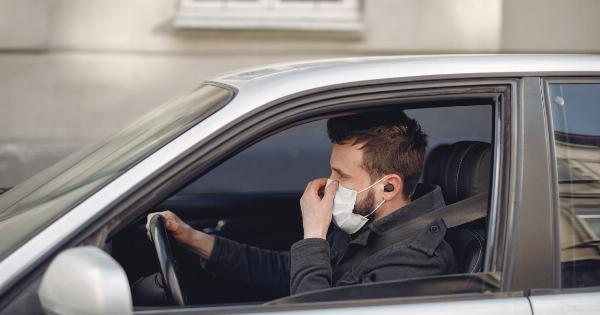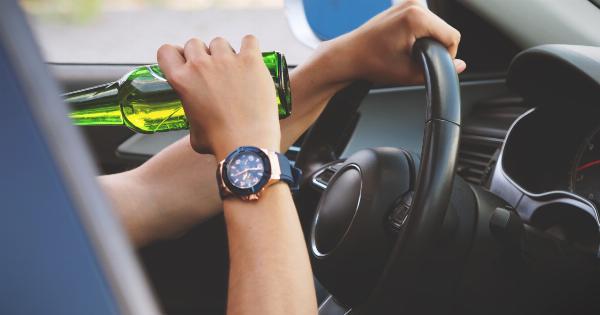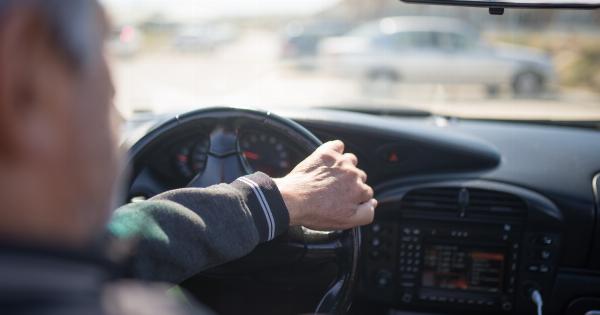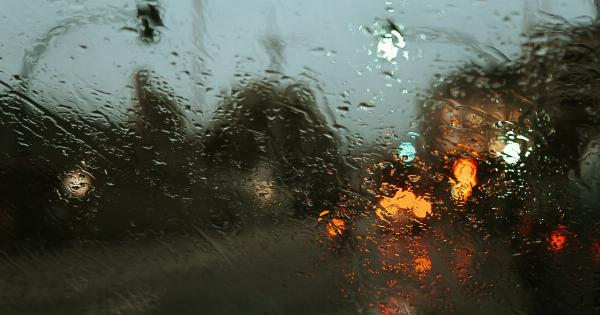Driving under the influence of alcohol and distracted driving are two dangerous behaviors that pose a significant threat to road safety. Both can result in severe consequences, including injuries and fatalities.
In this article, we will compare the dangers of driving under the influence of alcohol and distracted driving to determine which is worse.
Alcohol Impairment
One of the primary reasons why driving under the influence of alcohol is so dangerous is because it impairs a driver’s ability to function properly. Alcohol affects the brain, impairing judgment, concentration, and coordination.
These impairments significantly increase the risk of accidents and make it difficult for the driver to respond quickly to unexpected situations on the road.
Distracted Driving
On the other hand, distracted driving refers to any activity that diverts a driver’s attention away from the road. Common distractions include texting, talking on the phone, eating, or using in-car technologies.
Distracted driving has become a major concern in recent years due to the widespread use of smartphones and the increase in technological distractions available to drivers.
The Statistics
To assess the severity of these two behaviors, let’s consider some statistics.
According to the National Highway Traffic Safety Administration (NHTSA), alcohol-impaired driving accounted for 28% of all traffic-related deaths in the United States in 2019. This translates to approximately one death every 52 minutes. On the other hand, distracted driving is estimated to be involved in around 9% of fatal crashes.
Legal Consequences
When it comes to legal consequences, driving under the influence of alcohol is generally treated more severely than distracted driving.
DUI (Driving Under the Influence) laws vary by jurisdiction but typically result in fines, license suspension, mandatory alcohol education programs, and even imprisonment for repeat offenders. Distracted driving penalties can also lead to fines and license suspension, but they are generally not as severe as those for DUI offenses.
Preventive Measures
To tackle the issue of driving under the influence of alcohol, many countries have implemented strict laws and regulations. These include sobriety checkpoints, public awareness campaigns, and harsh penalties for offenders.
Additionally, ride-sharing services and designated driver programs provide alternative transportation options to reduce instances of drunk driving.
Distracted driving prevention primarily relies on education and awareness campaigns. Many governments and organizations educate drivers about the dangers of distracted driving through public service announcements and social media campaigns.
Some jurisdictions have also enacted laws that prohibit the use of handheld devices while driving.
Comparing Severity
While both alcohol-impaired driving and distracted driving are dangerous, determining which is worse is subjective. Alcohol-impaired driving has been a prominent issue for decades, and its consequences are well-documented.
However, distracted driving is on the rise due to the prevalence of smartphones and other technological distractions.
One could argue that alcohol-impaired driving is worse because it impairs several critical functions necessary for safe driving. However, distracted driving involves a conscious choice to divert attention away from the road, which is equally dangerous.
In both cases, lives are at stake, and the potential for serious accidents and fatalities is high.
Conclusion
In conclusion, both driving under the influence of alcohol and distracted driving are extremely dangerous behaviors that pose significant risks to road safety.
While alcohol impairment has been a long-standing issue, distracted driving has emerged as a growing concern in recent years. The severity of each offense may vary based on legislation and personal opinion, but the fact remains that both behaviors can have dire consequences.
Therefore, it is crucial for individuals to understand the dangers associated with these behaviors and make responsible choices behind the wheel.

